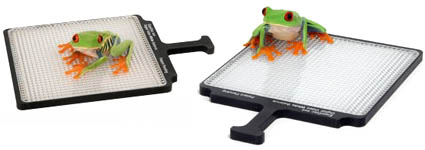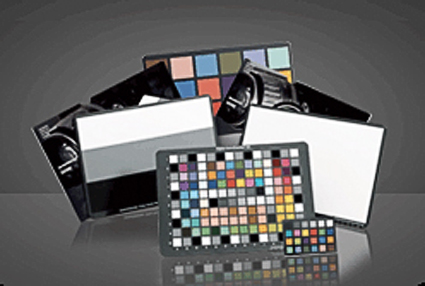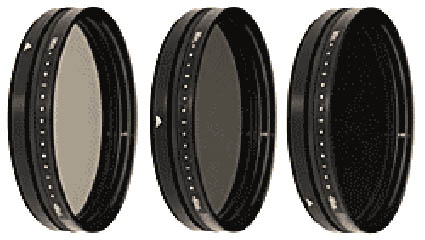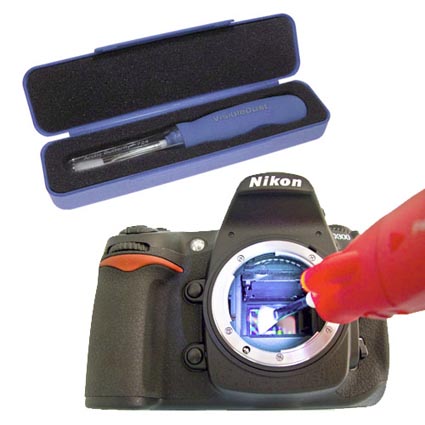
One year ago today, the first Apple iPhone was released. Since then, with over 6,000,000 sold, we’ve all come to realize that the iPhone is big – really big. It just got bigger. This is a new era in mobile. David Pogue of the New York Times wrote, “You’re witnessing the birth of a third major computer platform; Windows, Mac OSX, and iPhone.”
Last year, Time named the iPhone the best invention of the year. “The phone that has changed phones for ever.” 90% customer satisfaction. 98% browse. 94% use email. 90% text message. 80% use 10 or more features.It’s touch screen alone promises to revolutionize the monitor, keyboard, and mouse.
Available July 11, the iPhone 3G (8G $199 and 16G $299) offers 3X faster (approaching Wi-Fi) wireless technology, built in GPS, support for enterprise features like Microsoft Exchange, and the new App Store, and new Mobileme services. Audio is improved. Battery life is improved to 300 hours in standby, 10 hours in 2G talk 10 hours, 5 hours in 3G talk time, 5-6 hours browsing time, 7 hours video, 24 hours audio. This year, it’s expanding from 6 to 70 countries (22 on July 11). iPhone 3G puts even more features at your fingertips.
New features include …
Contact search
iWork document support
Supports Microsoft Office documents
Bulk delete and move
Save images into your Photo library
Scientific calculator
Parental controls
Languages
(You can switch between languages of the fly. It’s one great advantage of not having plastic keys.)
Find out more about the iPhone 3G’s new features and specs here.
Jobs quickly identified Apples next challenges … and addressed every one of them.
3G networking (faster)
Enterprise support
Third party applications
More countries
More affordable
Jobs addressed enterprise announcing full Microsoft Exchange support with security.
Jobs went on to announce Apple’s new service Mobileme, offering push email, contacts, and calendars with all of your favorite Mac applications (Mail, Calendar, Address Book, iPhoto, etc), which are now web based. Everything is up to date everywhere. All of your devices are automatically synced wirelessly with the data stored in “the cloud”. It’s exchange for everyone. And it’s implemented so it doesn’t use battery or CPU resources. Mobileme replaces .mac – .mac members will be automatically upgraded.
Apple has made it incredibly easy to develop and bring new applications to market. The iPhone Developer Program provides a complete and integrated process for developing, debugging, and distributing your free, commercial, or in-house applications for iPhone and iPod touch. Complete with development resources, real-world testing on iPhone, and distribution on the App Store, you have everything you need to go from code to customer. The seventh beta version of the iPhone SDK includes Xcode IDE, iPhone Simulator with Open GL ES support, Interface Builder, Instruments, frameworks and samples, compilers, and Shark analysis tool.
What’s this mean for the user? An incredibly feature rich computing environment that is capapbel of (and is) developing at blazing speeds. Simply put, more applications. Incredible convenience. Convergence. Users will get automatic alerts when Applications are updated. The new iPhone software will be compatible with all existing iPhones.
What can you do so far?
You can search, bid, and track Ebay auctions (with 84,000,000 active users) on an iPhone, the #1 mobile device for eBay.
You can mobile blog in seconds with Typepad, the largest professional blogging service in the world.
You can get AP (Associated Press) news, servicing more than half the world’s population, on their mobile news network, automatically retrieve news from local news sources and downloaded it so you can read it even when you’re out of range, and upload your own content so you can literally make the news by sending images to AP.
Loopt combines location and social network showing you the location of friends on a map with one click directions to them, share public journals in real time, and read comments..
Oh, and gaming is outrageous without needing to buy an additional device.
Expect an explosion in this new arena.
Check out the Apple App Store here.
One of the key evolutionary features in the iPhone 3G is built in GPS. Expect an explosion of location based features and services. For instance, you can track yourself on maps while you move. You can even locate your friends!
You can watch Apple CEO Steve Jobs keynote address where he unveiled iPhone 3G, the App Store, MobileMe, and more at the Worldwide Developers Conference 2008 in San Francisco.
You can see the new ad here introducing, “The first phone to beat the iPhone.”
I use my iPhone as an essential business tool. Sure there’s phone and email and browsing and music. I also take photographs with it, not for exhibition but for family, friends, notes, and blog entries. I carry most of my professional images with me on my iPhone, for quick display. For years, I’d be in public and get asked, “What kind of images do you make?”. I’d reply, “Cross Salvador Dali and Mark Rothko with photography.” Heads got scratched. Now I simply pull out my iPhone and show them my images. Sometimes you don’t have time for a thousand words. Sometimes pictures are worth more than 1000 words. (I’d love to see my iPhone’s GPS data synced and inserted into my photographs and later be used to launch Google maps for anyone wanting to learn more about them.)
How do you use your iPhone? Tell us by commenting here.






